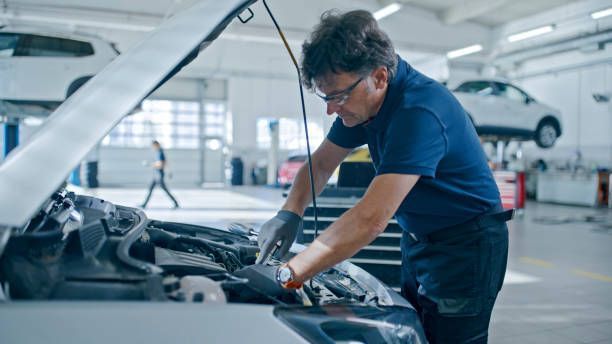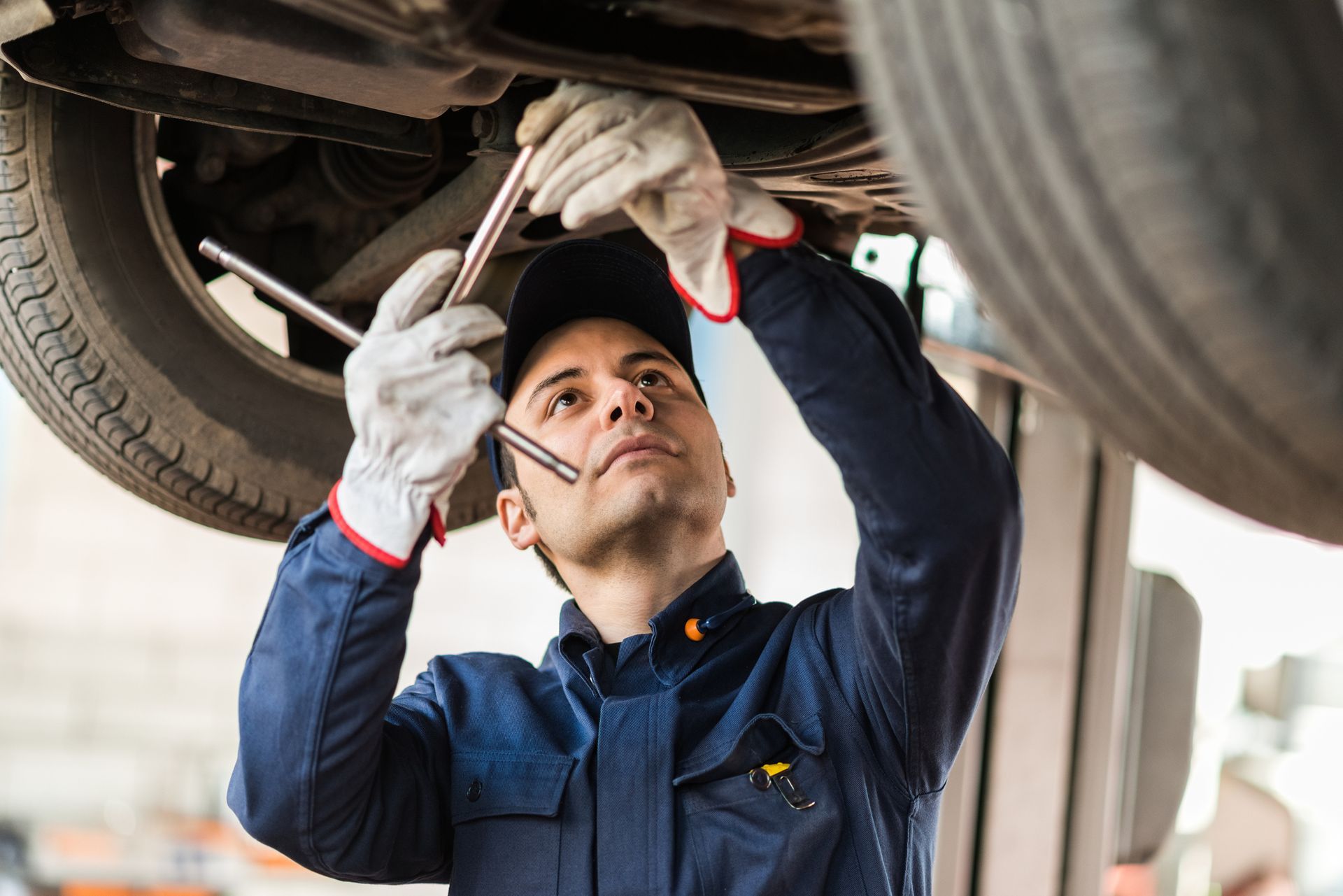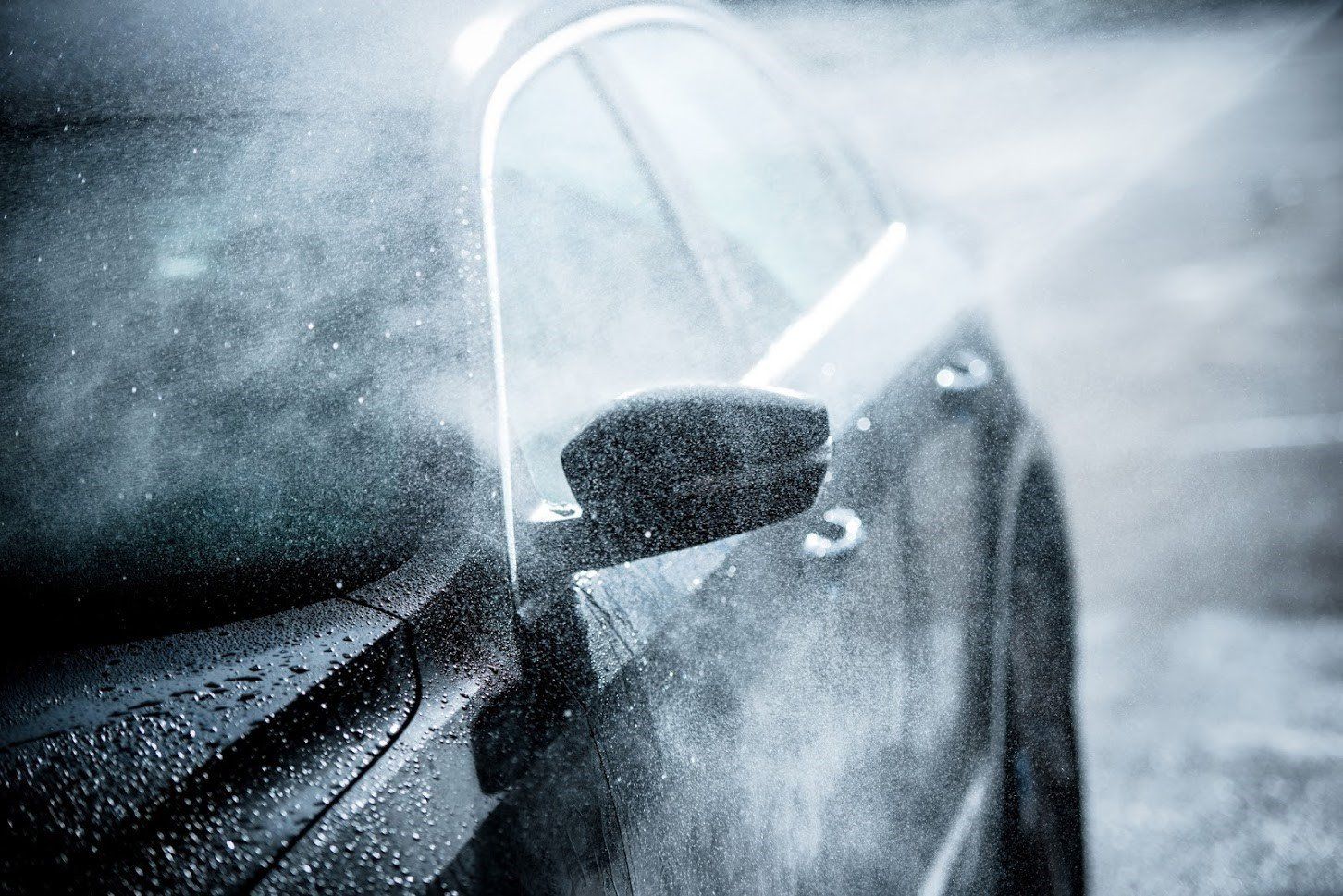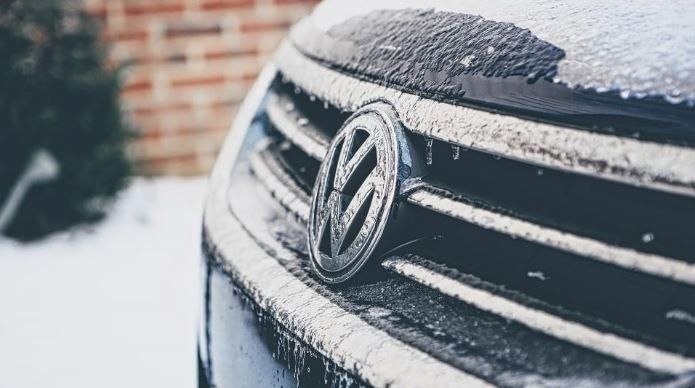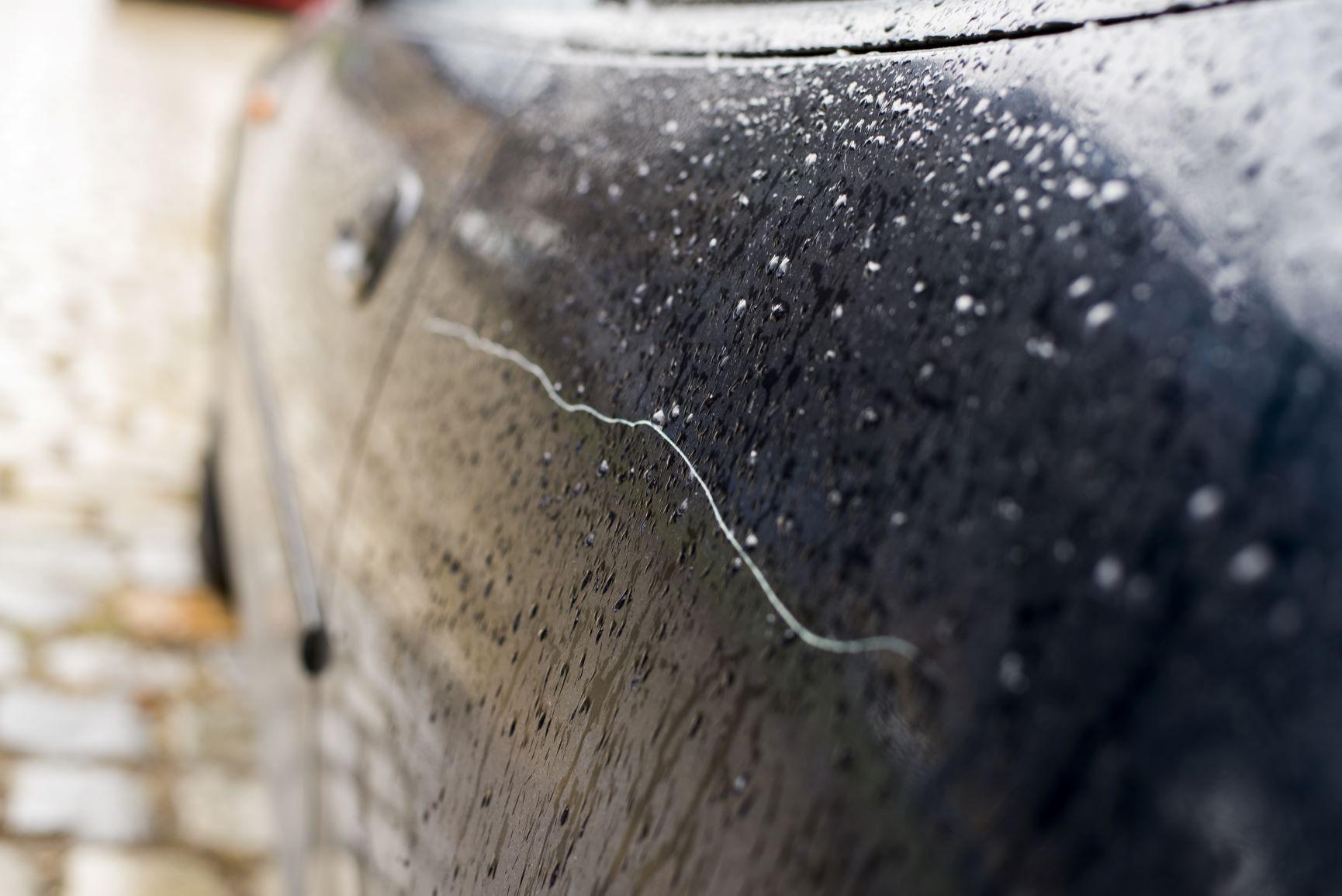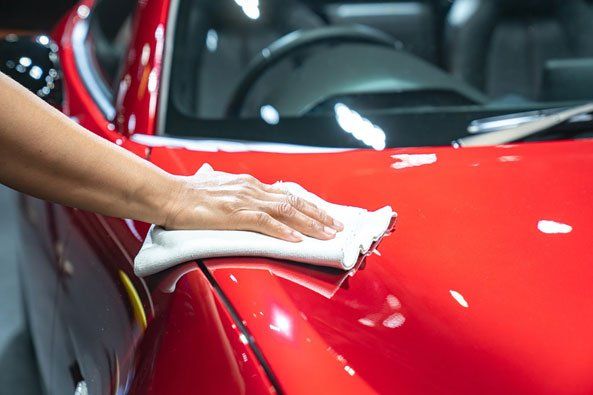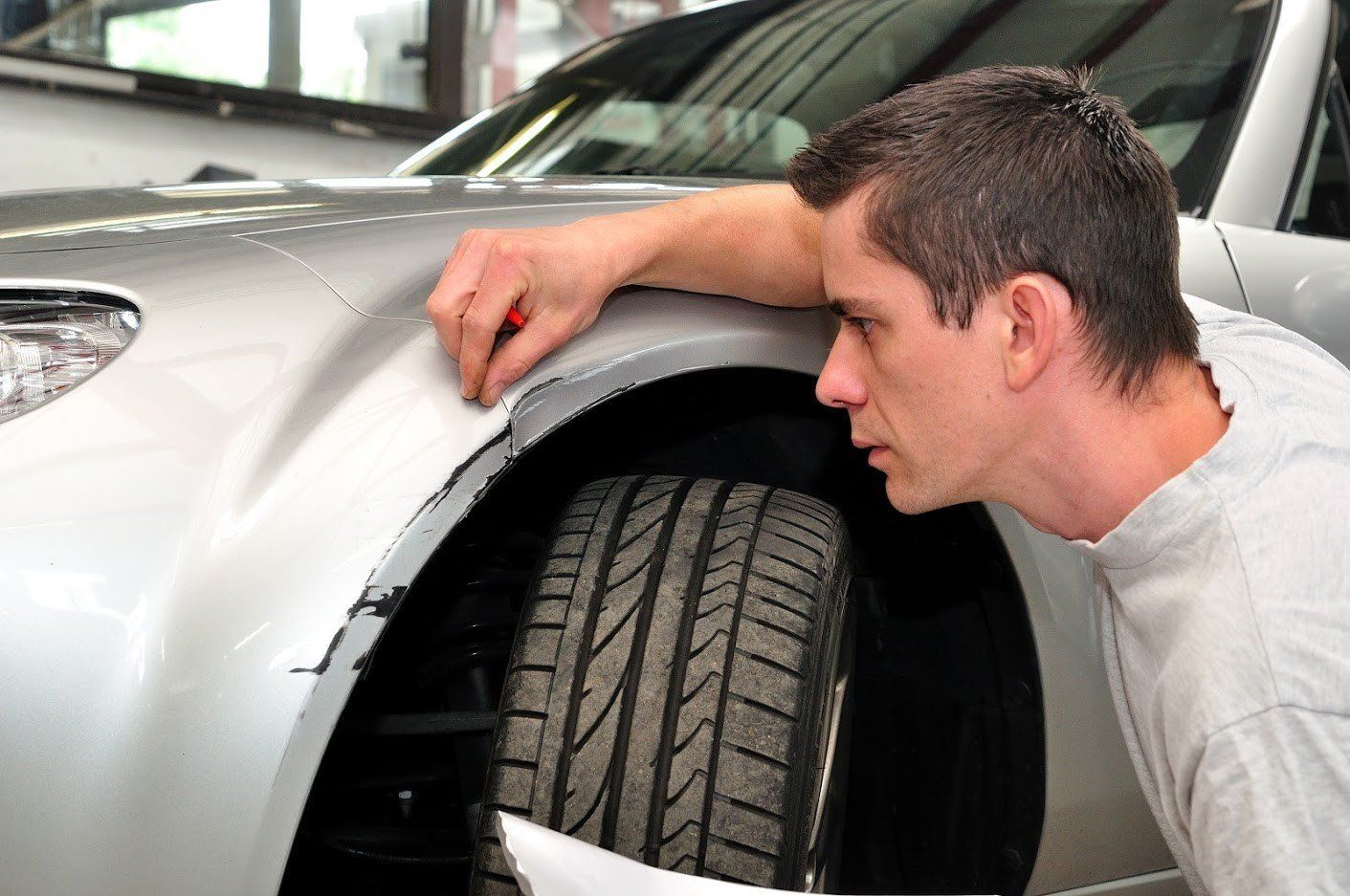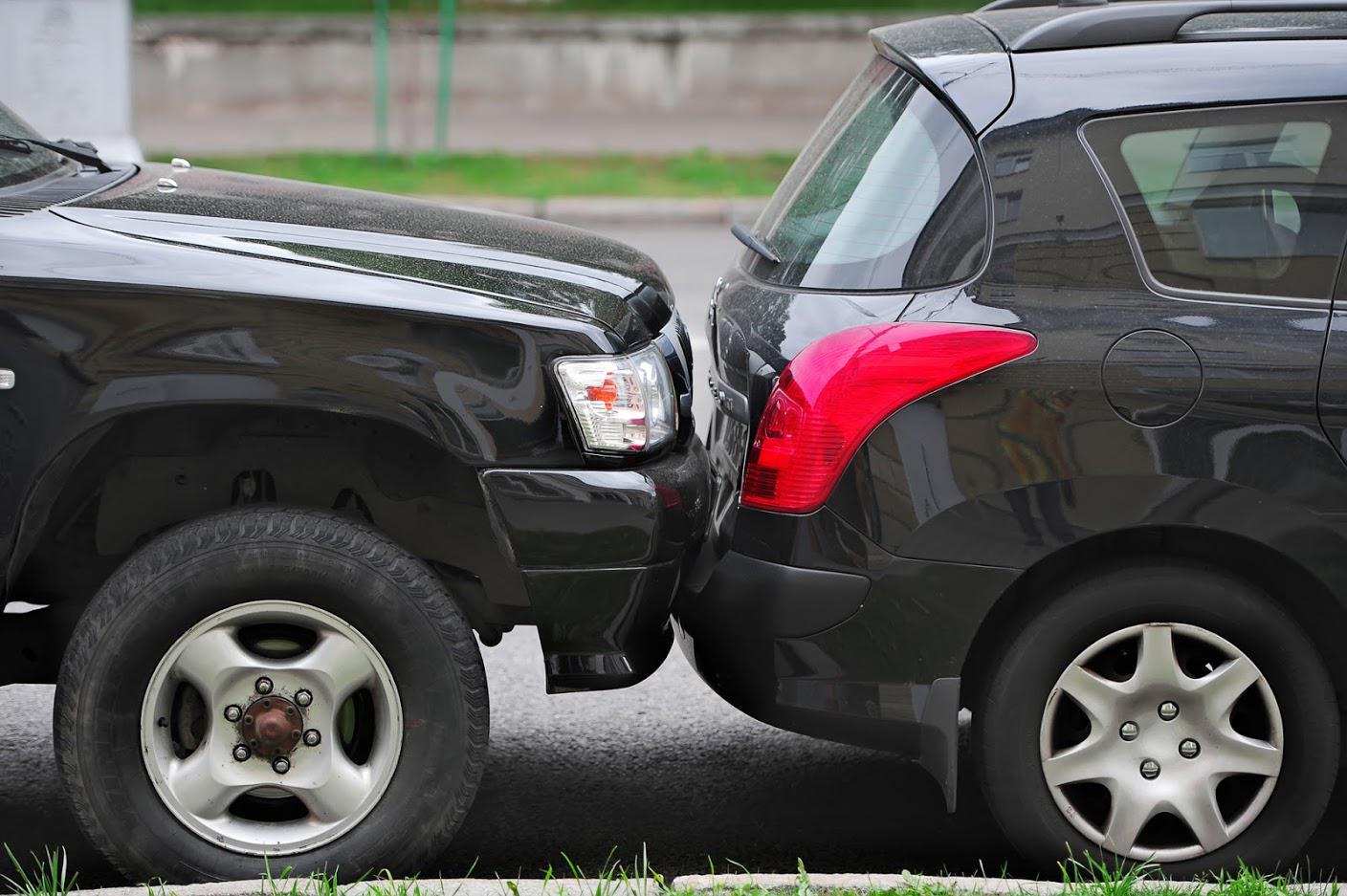4 Restoration Procedures to Turn Your Old Truck Into a Capable Off-Road Rig
If you love driving and the outdoors, off-roading is perhaps the most invigorating hobby you can do. You and your machine will go on epic adventures, burning adrenaline and gasoline in unison as you tackle extreme climbs and navigate swampy forests.
However, going off road is also extremely hard on your truck. Before you venture into the wilderness, you need to make sure your rig is reliably up to the task. Learn about four restoration projects you should undertake to bring your old truck up to par.
1. Chassis Restoration
Your truck's chassis is essentially its skeleton. It holds the entire body, suspension, and powertrain together and gives your rig its structural integrity. Before you take your truck out on the trail, you need to make sure its bones are solid.
With older trucks, you'll often find extensive rust damage lurking beneath the surface, hidden in the nooks and crannies of your chassis. The stress of climbing rocks and trudging through mudholes can easily push a damaged chassis brace beyond its limit. If that happens, you may find yourself stranded in the middle of the woods with your chassis contorted like a wet noodle.
Even if you only see a bit of surface rust, you should have an expert team of mechanics inspect your truck's chassis before you try to tackle any serious off-road trails. The mechanics can assess the damage, cut out any rusted sections, and repair them with some fresh steel.
2. Body Restoration
Your truck's body isn't as important as its chassis for off-road reliability. After all, you likely will acquire a myriad of dents and scrapes when you navigate rock gardens and tree-lined hill climbs. Nevertheless, nip any rust in the bud before it spreads and turns your body panels into Swiss cheese.
A bit of surface rust won't affect your rig's off-road capability, but rusted-through holes can lead to a number of issues. They'll allow water and mud to seep into hard-to-reach nooks and crannies, which will exacerbate your rust issues over time and develop into more extensive structural issues. Holes can also allow moisture and grime to reach vital engine and suspension components meant to stay dry.
If you plan to build a serious off-road rig, your best bet is to take care of any body rustyou find while you're already restoring the chassis. That will save you from having to deal with it down the road as the rust continues to grow. It will also keep your truck looking much nicer — not imperative for reliability, but great for photo opportunities when you pose your truck on gnarly obstacles out on the trail.
3. Weatherproofing and Rock Protection
Once you have your truck's chassis and body sorted out, finish it off with a set of fresh weather strips. If your truck is old enough to have extensive rust issues, the rubberized weather stripping is most likely dry-rotted too. That will let moisture get into many places where it doesn't belong, including your interior. You don’t want to drive through a mud hole and suddenly find your interior soaked in cold, grimy water.
Finally, add an extra layer of protection between your truck and the trail with a set of underside skid plates. Essentially, skid plates are bulletproof vests for your undercarriage. They'll protect vital drivetrain and suspension components from mud and debris, and they'll keep you from ripping a hole through the bottom of your rig if you happen to bottom out on the crest of a steep hill or boulder.
4. Undercoating Spray
Finish off the preventative maintenance of your rig with some quality rust-proofing spray on the undercarriage. It will further prevent moisture from seeping into the nooks and crannies of your chassis while also protecting all of your new components from developing rust.
With your truck's chassis and body fully restored and protected, you can start tackling trails with the confidence that your rig will hold up to some serious abuse.


